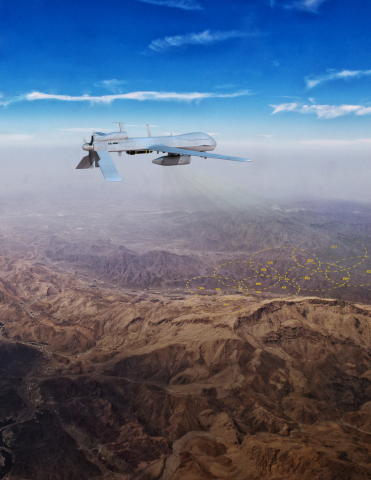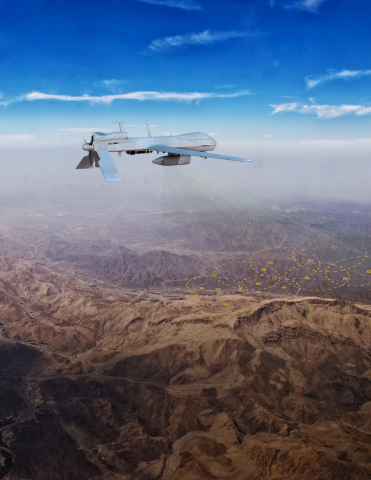HUDSON, N.H.--(BUSINESS WIRE)--BAE Systems has been awarded funding from the Defense Advanced Research Projects Agency (DARPA) to integrate machine-learning (ML) technology into platforms that decipher radio frequency signals. Its Controllable Hardware Integration for Machine-learning Enabled Real-time Adaptivity (CHIMERA) solution provides a reconfigurable hardware platform for ML algorithm developers to make sense of radio frequency (RF) signals in increasingly crowded electromagnetic spectrum environments.
The up to $4.7 million contract, dependent on successful completion of milestones, includes hardware delivery along with integration and demonstration support. CHIMERA’s hardware platform will enable algorithm developers to decipher the ever-growing number of RF signals, providing commercial or military users with greater automated situational awareness of their operating environment. This contract is adjacent to the previously announced award for the development of data-driven ML algorithms under the same DARPA program (Radio Frequency Machine Learning Systems, or RFMLS).
RFMLS requires a robust, adaptable hardware solution with a multitude of control surfaces to enable improved discrimination of signals in the evolving dense spectrum environments of the future.
“CHIMERA brings the flexibility of a software solution to hardware,” said Dave Logan, vice president and general manager of Command, Control, Communications, Computers, Intelligence, Surveillance, and Reconnaissance (C4ISR) Systems at BAE Systems. “Machine-learning is on the verge of revolutionizing signals intelligence technology, just as it has in other industries.”
In an evolving threat environment, CHIMERA will enable ML software development to adapt the hardware’s RF configuration in real time to optimize mission performance. This capability has never before been available in a hardware solution. The system provides multiple control surfaces for the user, enabling on-the-fly performance trade-offs that can maximize its sensitivity, selectivity, and scalability depending on mission need. The system’s open architecture interfaces allow for third party algorithm development, making the system future-proof and easily upgradable upon deployment.
Other RF functions, including communications, radar, and electronic warfare, also can benefit from this agile hardware platform, which has a reconfigurable array, front-end, full transceiver and digital pre-processing stage. Work on these phases of the program will take place at BAE Systems’ sites in Hudson and Merrimack, New Hampshire, and Dallas, Texas.
For information on BAE Systems’ SIGINT capabilities: https://www.baesystems.com/en-us/product/signals-intelligence-sigint
Approved for Public Release, Distribution Unlimited




